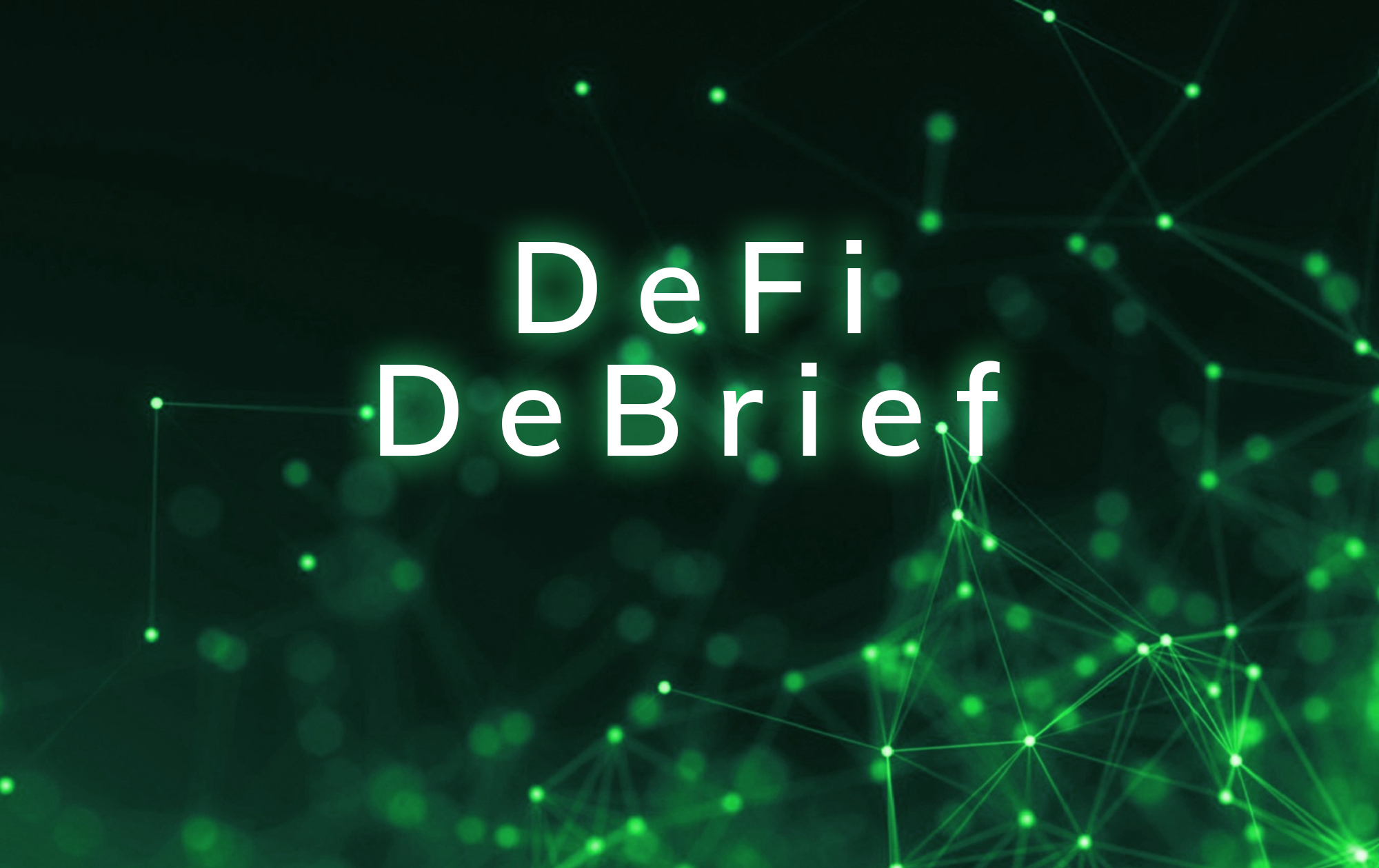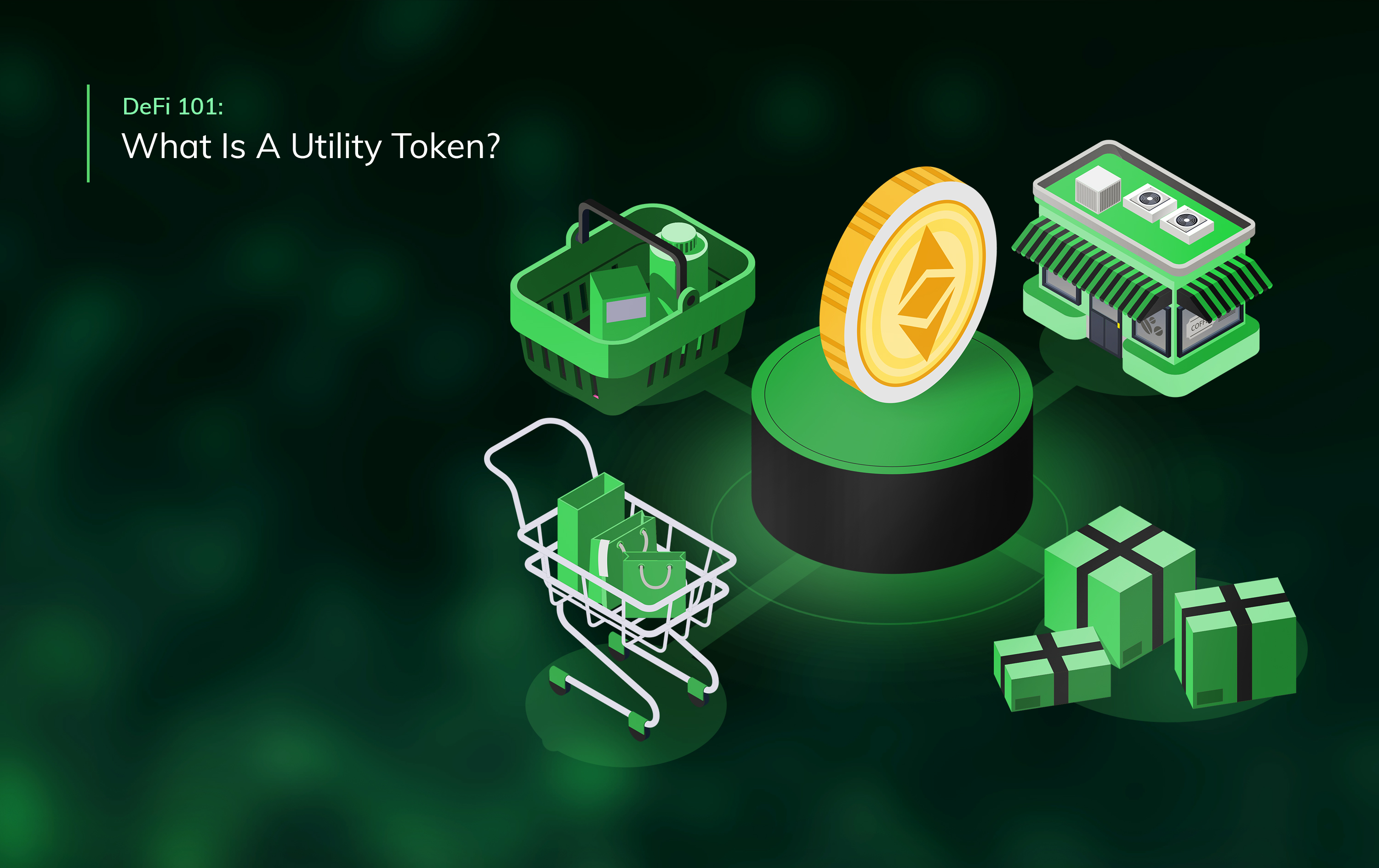Crypto Loans: How Does Crypto Lending Work?
Traditionally, when someone wants to borrow money, they fill out a form, wait for the lender to carry out credit checks, and — hopefully — receive their capital.
The process can be cumbersome, time-consuming, and, more often than not, expensive. And that’s what’s given rise to cryptocurrency-based loans. Crypto loans allow people to lend and borrow digital assets with limited risk and next-to-no checks.
On one side of the equation, people offer up assets to generate yield. On the other, people put up collateral to borrow at a relatively low cost.
Here’s how crypto loans work in practice.
How do crypto loans work?
Crypto lending works in much the same way as traditional lending.
A lender provides their digital assets to a borrower for a fee, with the mechanics of the loan depending on the nature of the deal.
The core difference between crypto lending and traditional lending is that the entire process is managed and governed by a smart contract (computer code that sits on the blockchain), meaning no waiting around for a middleman to sign off on the loan.
The lending process involves just three entities:
- A lender
- A borrower
- A smart contract
In most instances — the borrower must offer collateral before they can access any capital, which goes some way to minimizing the lender’s risk. The protocol then manages the loan, returning a cut of the interest to the lender.
That said, not every crypto loan is collateralized. Broadly speaking, there are two distinct types, which we’ll cover now.
Two types of crypto loan
Crypto loans come in two shapes: collateralized loans and flash loans.
Collateralized loans
As we’ve just covered, a collateralized loan requires a borrower to offer collateral to guarantee the value of their loan.
Platforms like MakerDao offer collateralized loans, enabling users to borrow 50% of the value of their crypto collateral in the form of a stablecoin called Dai. The 50% threshold accounts for the volatility of cryptocurrency, designed to absorb big price swings.
That said — if the total value of the collateral drops below the loan’s value, the borrower is liquidated, and the collateral transfers to the lender.
Flash loans
Another form of crypto lending is called ‘flash loans.’
In this instance, borrowers can access capital without offering collateral. Instead, the borrower must pay the funds back — with interest — within a single block.
If the repayment doesn’t happen in time, the entire transaction is canceled, meaning the loan never happened. Meaning, as you might have guessed, the process has to happen extremely fast, which wouldn’t be feasible in traditional finance.
But thanks to the blockchain, a smart contract can govern the flash loan, marking them out as one benefit of borrowing on the blockchain.
Flash loans are prevalent among traders capitalizing on short-term price arbitrage.
Pros and cons of crypto loans
The rise of decentralized finance has led to a burgeoning crypto loans scene.
But despite the many benefits, crypto loans are not without risk, so make sure you’re up to speed with the pros and cons of borrowing on the blockchain.
Here are the main points to consider:
| Crypto Loans — Pros | Crypto Loans — Cons |
| Quick Capital: If borrowers can put up collateral, they can free up liquidity in a matter of clicks. | Liquidation Risk: Volatility means even over-collateralized loans put borrowers at risk of liquidation. |
| Automated Process: Smart contracts handle all decisions, meaning an infinitely scalable loans process. | Smart Contract Risk: Poor code and possible exploits can lead to the loss of loaned funds or collateral. |
| Earn Passive Income: Lenders just need to deposit crypto into a liquidity pool to earn APY with limited effort or risk. | Portfolio Risk: Borrowing and lending adds another risk dimension to any portfolio, so diversify with caution. |
Access capital and yield in a few clicks
Crypto loans offer tremendous value to lenders and borrowers. Holders can generate passive yield, while borrowers can capitalize on the value of their assets.
What’s important is that before you lend or borrow on the blockchain, you understand all the pros and cons. After all, you’ll be handing the custody of your assets to a third party. At the same time, volatility can send markets through the floor overnight.
But provided you’re wary of the risks and terms of any agreement, nothing’s stopping you from getting a crypto loan today.




